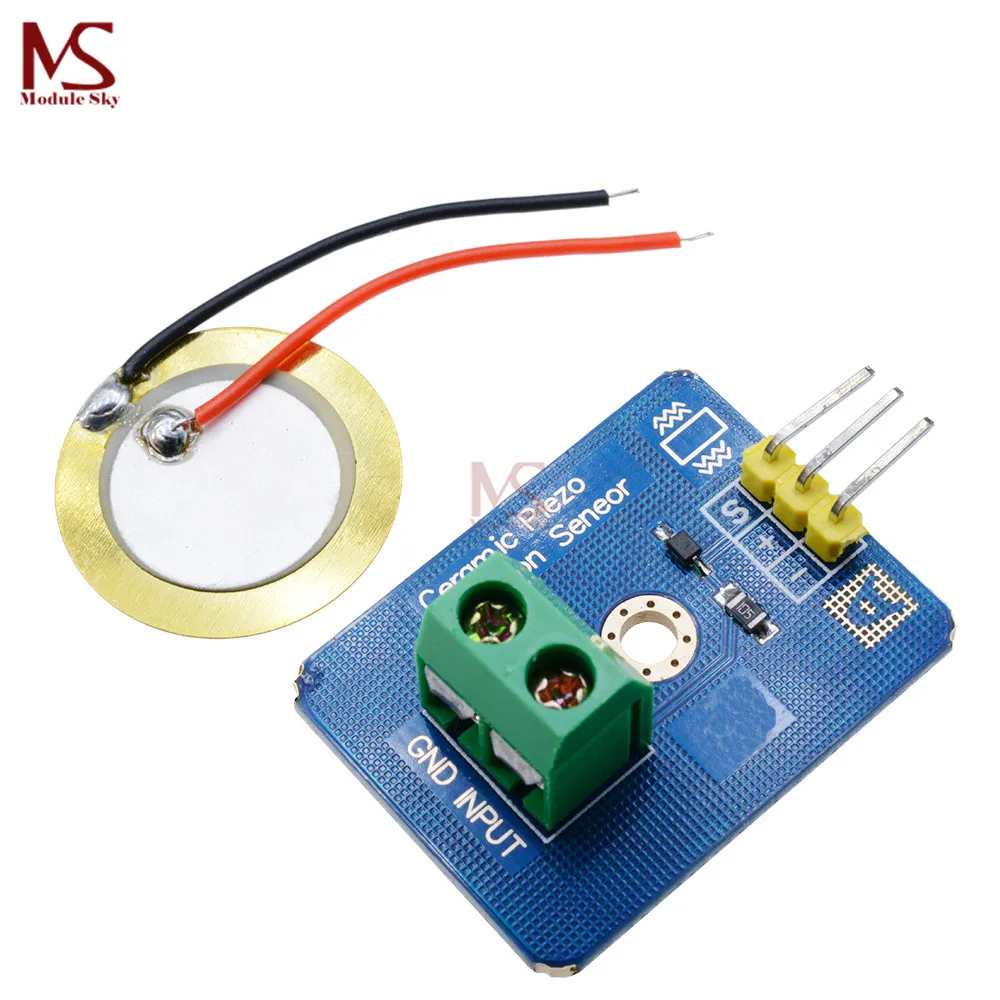

In a shear mode sensor, the piezoelectric element experiences shear deformation when subjected to acceleration. That’s why this type might not be suited for use in a thermally unstable environment or on a metal structure that might bend. However, in a compression mode sensor, the piezoelectric material is in intimate contact with the base of the housing and the sensor is sensitive to base bending and thermal expansion. It can have an impact on the sensor sensitivity, bandwidth, temperature susceptibility, as well as susceptibility to the sensor base strain.įor example, with a compression mode sensor, we have a stiff structure that can offer a relatively higher frequency range. The mechanical configuration can affect the sensor performance in several different ways. The figure also illustrates the force exerted by the proof mass on the piezoelectric element as well as the acceleration applied to the sensor body.Īccelerometer Mechanical Design Modes Pros and Cons Image (adapted) used courtesy of PCB Piezotronics Some mechanical designs of piezoelectric accelerometers. The three fundamental designs are the compression mode, the shear mode, and the flexural.įigure 2. This makes the piezoelectric element produce a charge output that can be measured to determine the input acceleration.įigure 2 depicts some common mechanical designs of piezoelectric accelerometers. When the sensor frame accelerates because of an external force, the proof mass tends to “stay back” due to its inertia and deforms the piezoelectric element slightly. In a piezoelectric accelerometer, a piezoelectric element is used to connect a known quantity of mass, commonly referred to as the proof mass, to the accelerometer body. Structure of Piezoelectric Accelerometers Now, if we remove the external force, the material returns to its original shape, the electric field from the piezoelectric effect disappears, which means a current in the opposite direction flows through the wire. The current continues until the electric field from the accumulation of the free electrons cancels the field from the piezoelectric effect.

This effect explains why the electric current produced by a static force can last only for a short period of time. This current flow accumulates the free electrons on the positive electrode and creates an electric field in the opposite direction of the original field produced by the piezoelectric effect. If we connect the two electrodes together through a wire as depicted in Figure 1(b), the free electrons in the conductor flow toward the positively charged electrode and an electric current are created. However, with two metal electrodes deposited on the opposite surfaces of the piezoelectric material, we can use the electric field generated by the piezoelectric effect to produce electricity.

They are insulating or very poor conductors of electric current. Piezoelectrics are a class of dielectric materials. How Piezoelectric Materials Generate Electric Current The amount of the produced electric charge is proportional to the applied force. Piezoelectric materials without mechanical stress (a) and with stress (b). Image (adapted) used courtesy of Felix LevinzonĪs shown in Figure 1(a), with no mechanical stress, the center of the negative and positive charges of the molecules coincide, which means that the molecules are electrically neutral.Īpplying a mechanical force, as depicted in Figure 1(b), deforms the structure and separates the center of the positive and negative charges of the molecules creating many small dipoles in the material.Īs you can see, some fixed charges appear on the surface of the piezoelectric material. Figure 1 shows the effect of an external mechanical force on a piezoelectric material.įigure 1. Although most EEs are familiar with the piezoelectric effect, the details of this interesting phenomenon sometimes aren’t fully understood.Ī deeper insight into this effect can help us better understand the working of piezoelectric sensors. In general, a piezoelectric material can produce electricity when subjected to mechanical stress.Ĭonversely, applying an electric field to a piezoelectric material can make it deform and generate a small mechanical force. The first key aspect of piezoelectric accelerometers is the piezoelectric effect. Understanding Piezoelectric Sensors: The Piezoelectric Effect In this article, we’ll get familiar with the basic concepts of these sensors. These devices can be well suited for measuring high-frequency acceleration signals found in hydraulic and pneumatic perturbations, impulse (impact) forces, machinery and equipment vibrations, pyrotechnic shocks, etc. Piezoelectric accelerometers are typically used in vibration and shock testing.


 0 kommentar(er)
0 kommentar(er)
